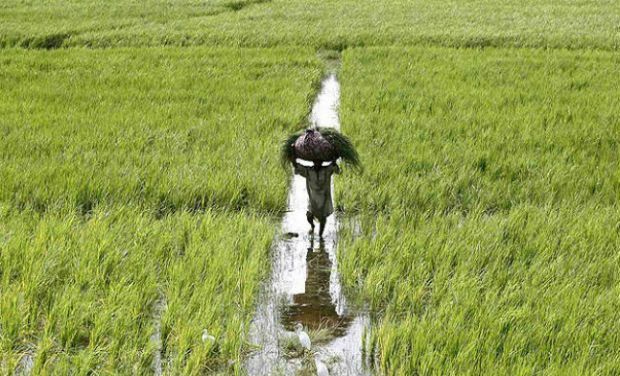
Coimbatore:
After conducting pan India research, the Forest College and Research Institute (FC&RI) in Mettupalayam, near Coimbatore, has come out with a slew of traditional and under-utilised crop varieties with high-nutritional value that are suitable for cultivation in Tamil Nadu.
The FC&RI, in collaboration with the Indian Council of Agricultural and Research, undertook a national-level co-ordinated research network on under-utilised crops since 1982 to promote such under-utilised and traditional crops for human use in Tamil Nadu.
“After an intensive 15 years of study, we have found a high-yielding variety of the grain, amaranth, which has immense health benefits and is suitable for cultivation in Tamil Nadu’s conditions,” said A. Balasubramanian, professor and researcher at FC&RI.
Amaranth can be used as porridge, like popcorn and to manufacture biscuit. “This grain contains components like lyseme and squalene, which is utilised for preparation of medicines meant to cure cancer and reduce cholesterol. It can also be preferred as a low-sugar food,” Prof Balasubramanian said.
Amaranth, which was cultivated in the Kolli Hills and the Nilgiris, was the main food crop centuries ago. “The crop variant has now been brought from Gujarat, where it is sown for export to international markets,” the researcher said.
Like in the case of amaranth, FC&RI has also brought out crops like rice bean, an intercrop, and simarouba, a tree variety from South America, with high health benefits, and which can be grown in TN.
“These few varieties of crops were found suitable for our state after research on hundreds of crops which have been proved successful. While the rice bean has high protein content, simarouba can be used to produce edible oil, which has low melting point and can be used for making chocolates. The desired varieties of amaranth are capable of yielding eight quintals per acre if raised during the kharif and late rabi season,” said Prof Balasubramanian, adding that efforts would now be taken to promote these crops among farmers.
source: http://www.deccanchronicle.com / Deccan Chronicle / Home> News> Current Affairs / DC / by V. Ashok Kumar / September 29th, 2013